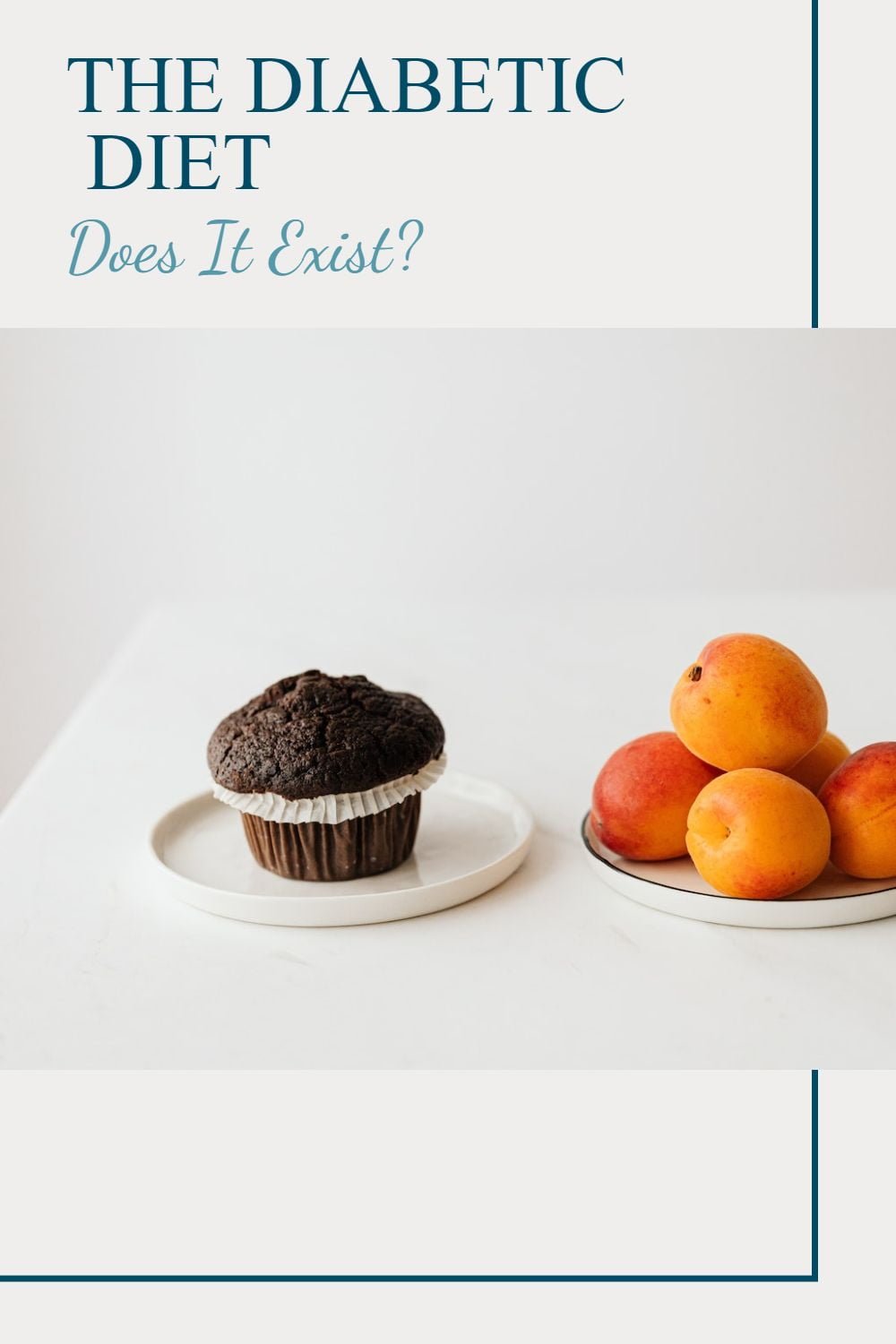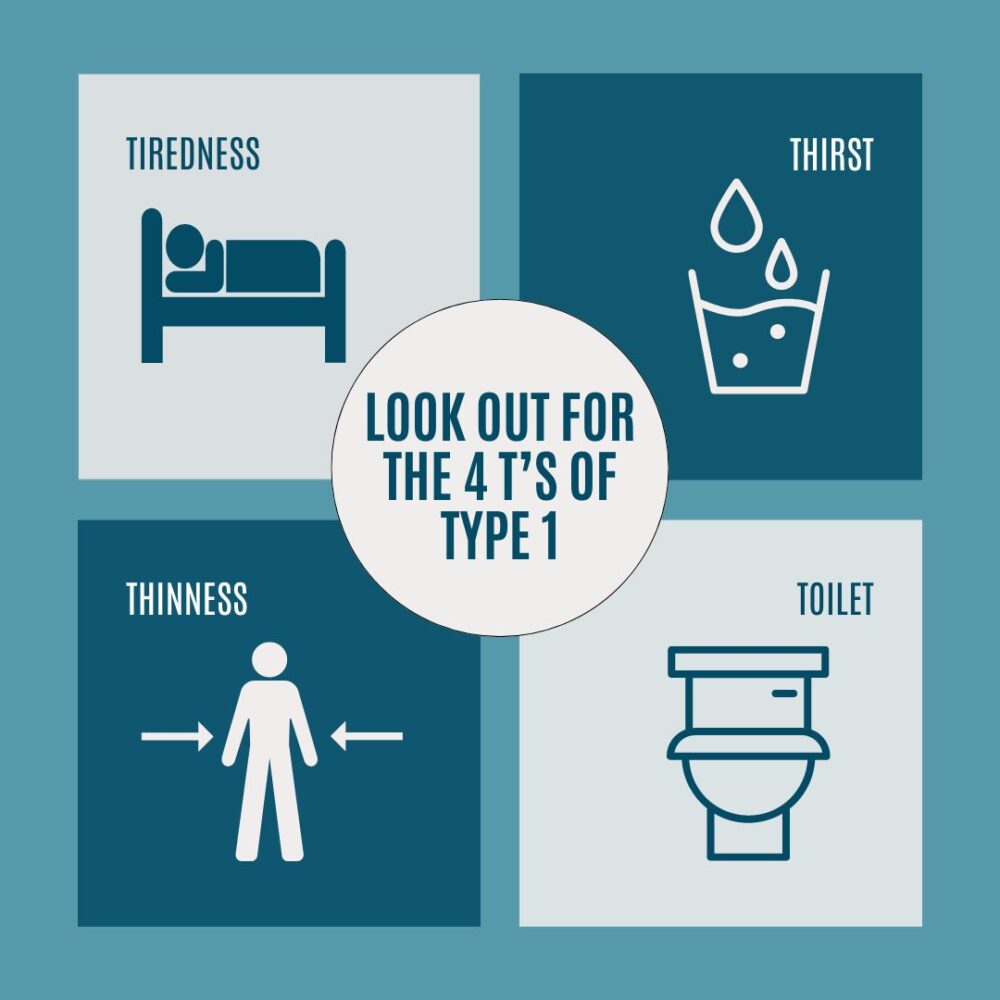Navigate through the confusing landscape of the ‘diabetic diet’ by separating fact from fiction. This article delves into the concept of the “diabetic diet”, our food journey and considers finding balance in the food we eat.

Our connection to food
We all have such a strong connection to food, it is so much more than just eating to function. It can evoke memories, it can create shared experiences, it can even change our emotions. If you are anything like me it takes up a fair amount of your thinking time as well.
Because of my love of cooking, food has always played a big part in our family life. We all really enjoy planning, making and especially eating great food. It’s always been a big focus of all our celebrations and for us, there is nothing better than being able to share food with our family and friends. So imagine taking these experiences and enjoyment away!
I am passionate about all things food. From eating fresh whole foods to understanding where my food has come from and knowing exactly what I’m putting into our tummies. I believe in variety, balance, and that no food is off-limits, well only if you don’t like it of course. But more importantly, if you are a person who has diabetes, I believe that these princples apply to you too.
Our food journey
Over the past year, I have been on quite a rocky journey with food and diabetes. Particularly as it has such a profound effect on my daughter’s overall diabetes management. Initially, food became another thing to be worried about and I think I panicked. I felt that I needed to change everything, which included taking away certain foods we enjoyed as a family. I felt quite confused and lost for a time, but as with most hurdles I face I decided to hit the books to learn more. My investigations led me down a few different paths in figuring out the foods we should or shouldn’t be eating. From low carb, keto, no sugar, not eating out (covid may have influenced this one!), no takeaways and the list goes on. But eventually, I came to the conclusion that whilst my daughter has already adapted and compromised on so much, food should not be one of them.
So for me and my family, this journey has come full circle really. It has led us back to:
- eating a variety of delicious food (including the not so healthy stuff),
- making some different choices (sometimes),
- exploring the world of alternatives (sugar, low-carb, low-gi)
- but most of all bought us back to relishing in all things food again!
Diabetes and diet
Now I hate the word diet. I think it creates so much negativity around food but I am using it for the purpose of the myth I would like to address. A common misconception is that a person with type1 diabetes needs to follow a specific diet. But this is not the case, it really just comes down to personal choice.
“There is no specific diet for diabetes. But the foods you eat not only make a difference to how you manage your diabetes, but also to how well you feel and how much energy you have.” (diabetes.org)
This summary says it all for me and really encapsulates the concept of balance and where I have thankfully landed when it comes to food choices. Our bodies all respond to the food we put in our tummies; sometimes it can make us feel great and other times not so much. Sometimes we want a big food blow-out and other times we focus on making healthier decisions. For a person with diabetes whilst no food is off-limits, maintaining healthy and balanced choices can really make a difference in the day to day management of blood sugar levels.
Blood Glucose and Food
For a person with type 1 diabetes, it is this understanding of the impact of foods on blood glucose levels and how to manage this against your insulin delivery method that actually can be one of the biggest challenges. It is all such a massive learning curve and takes time to get to grips with it. Unfortunately, it seems to be a method of trial and error and even when you think you’ve nailed it something shifts and your back to highs you just can’t bring down for hours or feeding jelly beans 30 minutes after you’ve finished a meal!
I wish I could say that I have it all figured out, but I don’t. However, what I have learnt which has helped hugely with overall management is:
- to be flexible,
- tactics to apply to certain foods,
- sticking to a balanced diet that incorporates lots of fresh whole foods
It is this minefield of navigation, knowledge and reality of a healthy balanced diet that prompted the idea of Whole Hearty Kitchen. I wanted to create a place that celebrates food by sharing easy recipes alongside some of the bits I have learnt along the way. My aim is that it helps to take some of the uncertainty and confusion away.
Whilst I advocate for balance and variety, I do also fully appreciate this option isn’t for everyone. I also respect that for some, exclusion of foods or adopting a specific diet can have great health benefits, how a person feels and is able to manage on a day to day basis. As I said at the beginning it really comes down to personal choice.
What is a healthy balanced diet?
Understanding what a balanced diet means and the impact foods have on blood sugars can be really confusing and involved. But there are lots of wonderful type 1 specialists in diet and management on social media that can help you individually as well as resources via the NHS. (see sources below).
The advice we were given by the dietician in the hospital involved the eat well guide and a lovely visual of a plate with all the main food groups. These are:
- Fruit and vegetables
- Starchy foods such as bread, rice and potatoes
- High protein foods including meat, fish, eggs, pulses, beans and nuts
- Dairy foods such as milk, cheese and yoghurt
- Foods high in fat, sugar and calories.
There isn’t any one food that can deliver the nutritional needs our bodies require. Therefore we are advised to try and eat a balance from across these food groups in order to meet this. By proportionally adjusting our diet to meet these needs means that a person with type 1 diabetes (or not) will be giving their body a better chance to stay healthy, feel well and work properly.
For many of us, omitting foods are a necessity. For example, if you are vegan, vegetarian, gluten, dairy or wheat intolerant to highlight a few. Fortunately, there are lots of other alternative products to choose from which will still deliver our nutritional requirements. However, don’t fall into the trap of thinking that all alternatives are healthy or will provide the same amount of nutrients. It isn’t always a like-for-like swap. Make sure to read the food labels in order to work out the nutritional values so you can understand how they fit into your balanced diet.
For more information on healthy balanced diets please look at the sources at the end of the blog as there is plenty of reading out there to help you.
Sweeteners
Whilst I do tend to avoid buying low fat / low sugar products I can understand some of their benefits. This led me down the path of exploring the world of sweeteners. The use of sweeteners has allowed back some food freedom for my daughter. By using alternatives in baking has meant she can enjoy a sweet treat without the need for an injection.
These products are costly though, take a little getting used to when baking with and yes some of them taste awful. But through trial and error, we have found the ones we like and it has become another strategy for us in our overall management of my daughter’s type 1 diabetes. In addition, we have had great fun inventing weird and wonderful flavoured yoghurt, cheesecakes, milkshakes, overnight oats and porridge to name some of our creations.
Now I fully appreciate that some have reservations about using sugar substitutes from the reported laxative effects perhaps (which we have never experienced I should point out ), to their safety. But the European Food Safety Authority has approved aspartame, xylitol, stevia, saccharin, sorbitol and sucralose. They have also approved health claims in relation to oral health and controlling blood sugar levels for xylitol, sorbitol and sucralose.
You can read more on the safety and health benefits of sweeteners on NHS.UK.
In conclusion
Diabetes is a unique condition for each individual, as are the food choices we make. For some, reducing or excluding foods works, whereas for others eating habits remain the same. It is about finding what works for you and perhaps if you are aware that some adjustments may need to happen to achieve better balance, then try small incremental changes rather than one huge overhaul.
For us, diabetes doesn’t mean restriction or exclusion. It is about making balanced choices. Sometimes this means making some swaps, other times we don’t. However, it always includes lots of variety to help us gain greater control over blood sugar levels.
Making these tweaks to an already pretty good diet has helped not only educate both my daughters about the food we eat but has given us back more freedom, taken away the need to say no and returned us to have a happy relationship with the foods we choose.
For more information on diabetes and food check out Diabetes UK or register for their brilliant Learning Zone
Sources
www.bhf.org.uk/informationsupport/heart-matters-magazine/nutrition/myths-about-diet-and-diabetes
www.nhs.uk/live-well/eat-well/are-sweeteners-safe
www.diabetes.org.uk/guide-to-diabetes/enjoy-food/eating-with-diabetes/i-have-type-1-diabetes
www.nhs.uk/live-well/eat-well/the-eatwell-guide
www.diabetes.org.uk/guide-to-diabetes/enjoy-food/eating-with-diabetes/food-groups
www.nutrition.org.uk/healthyliving/healthydiet
www.nhs.uk/conditions/type-1-diabetes/get-support








Leave a Reply